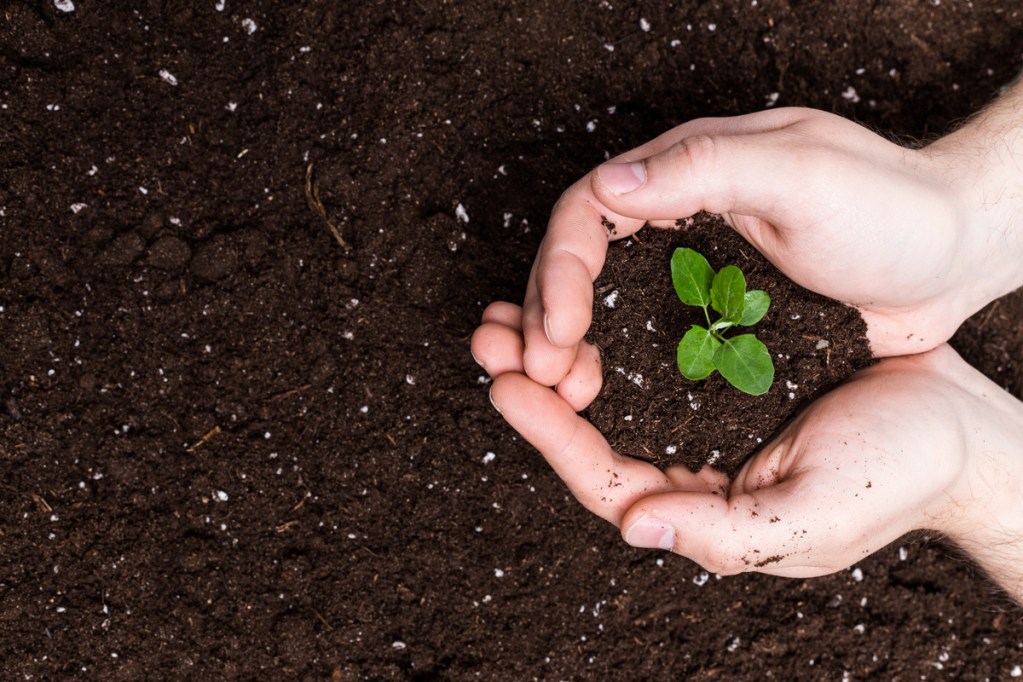
Even gloomy winter days can’t stop enthusiastic gardeners. Unsurprisingly, many avid gardeners start their plants indoors when cold temperatures and unpredictable precipitation bar them from directly sowing their seeds outside. Still, the last frost date eventually comes around, and that’s when it’s time to bring those baby seedlings outside. Transporting seedlings outside is a simple process, but it still requires savvy coordination to prevent unwanted transplant shock. To help you keep your plants happy and healthy as they situate outside, we’ll show you how to harden off seedlings.
What does hardening off seedlings mean?

After spending a few weeks in your cozy home, it can take your seedlings some time to get used to an outdoor environment. The concept of hardening off your seedlings is simple, really. About two weeks before you plan on placing your plants in the ground, slowly expose your tender seedlings to outdoor conditions, whether your climate features sunny, rainy, or windy weather.
To do this, you’ll want to bring your seedlings out on warm, sunny days and leave them in a shady area until nightfall. As the days pass, continually leave your plants out for longer periods of time (about an hour or two more each day) until you feel comfortable leaving them outside overnight. Gradually, you can also expose them to sunnier conditions if they need it.
Your seedlings should be about a few inches tall and have established leaves before you bring them outside. Ideally, the best time to start most seeds is about four to six weeks before the last frost. Even after the last frost, consider waiting for a few days or weeks before bringing your plants outside — temperatures should be at least 45 degrees Fahrenheit.
Tips for successfully hardening off your seedlings

For the most successful crops possible, here are a few more pointers on how to transition your seedlings to outdoor conditions.
- Water your seedlings less frequently as you harden them. Overwatering can lead to issues such as fungal growth and root rot, which can hurt young plants.
- Consider using a cold frame to acclimate your seedlings to outdoor conditions. You can open cold frames during the daytime and close them during the nighttime.
- Leave your seedlings on a table or elevated surface to avoid pest damage.
- Always keep an eye on the weather, in case any unexpected rain or cold snaps occur. Should you face extreme weather, bring your plants inside until outdoor conditions stabilize.
- If you have established plants that you’ve brought inside for the winter, they will also benefit from a hardening off process.
Bringing your seedlings outside can be an exciting process, but be sure not to rush it. While hardening off your baby plants can take some time, it will all be worth your effort when you enjoy healthy, robust crops down the line.



